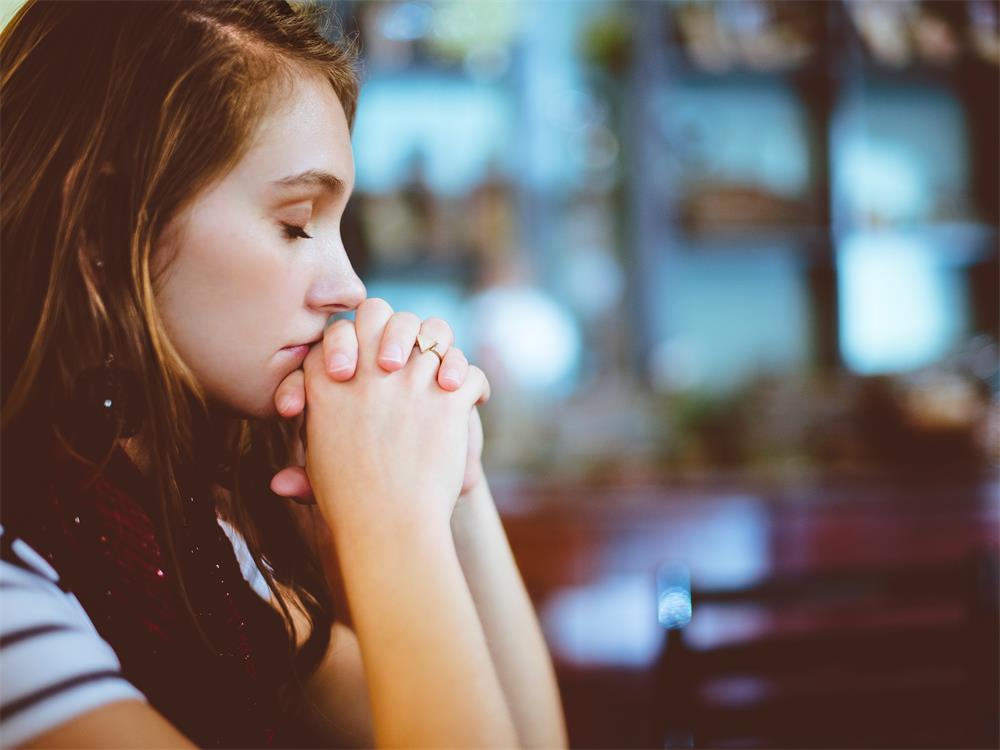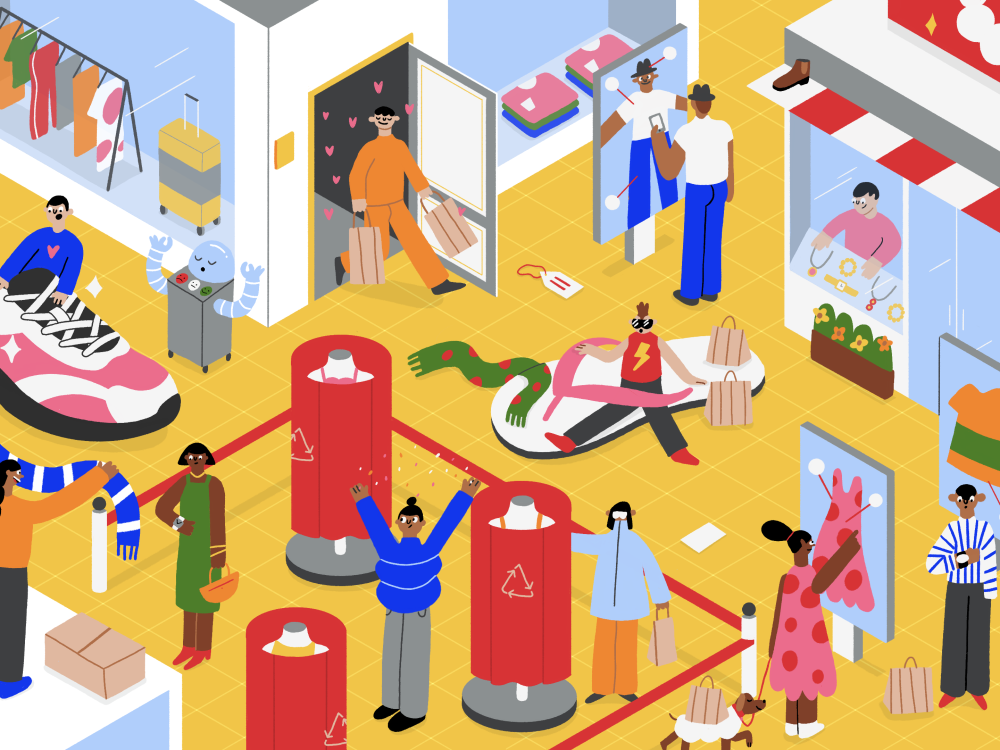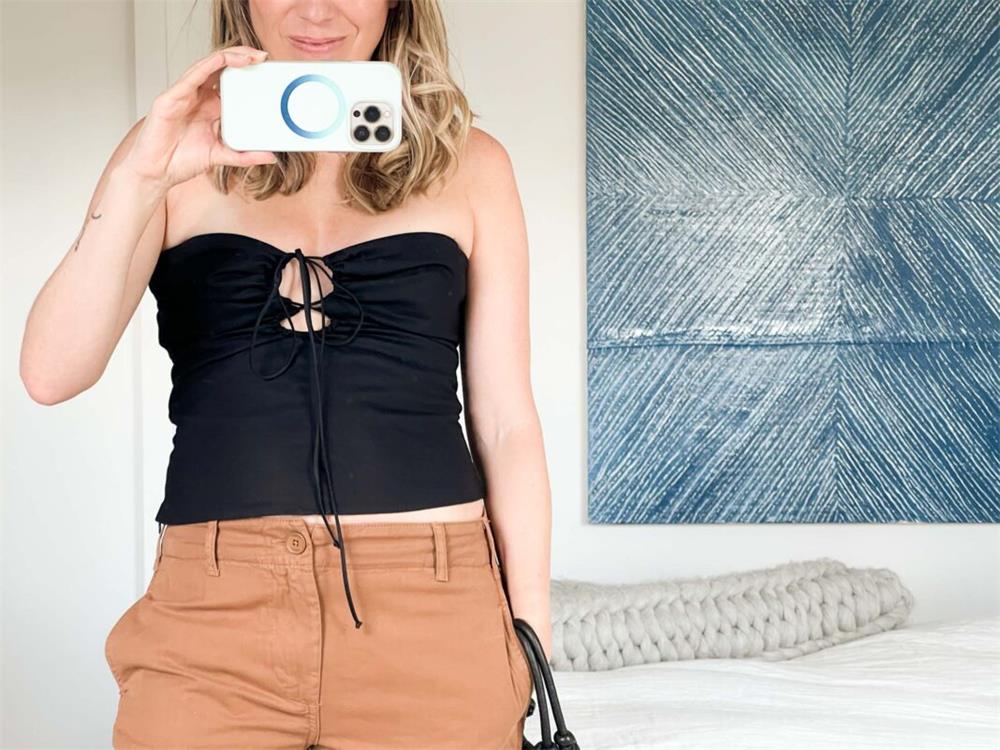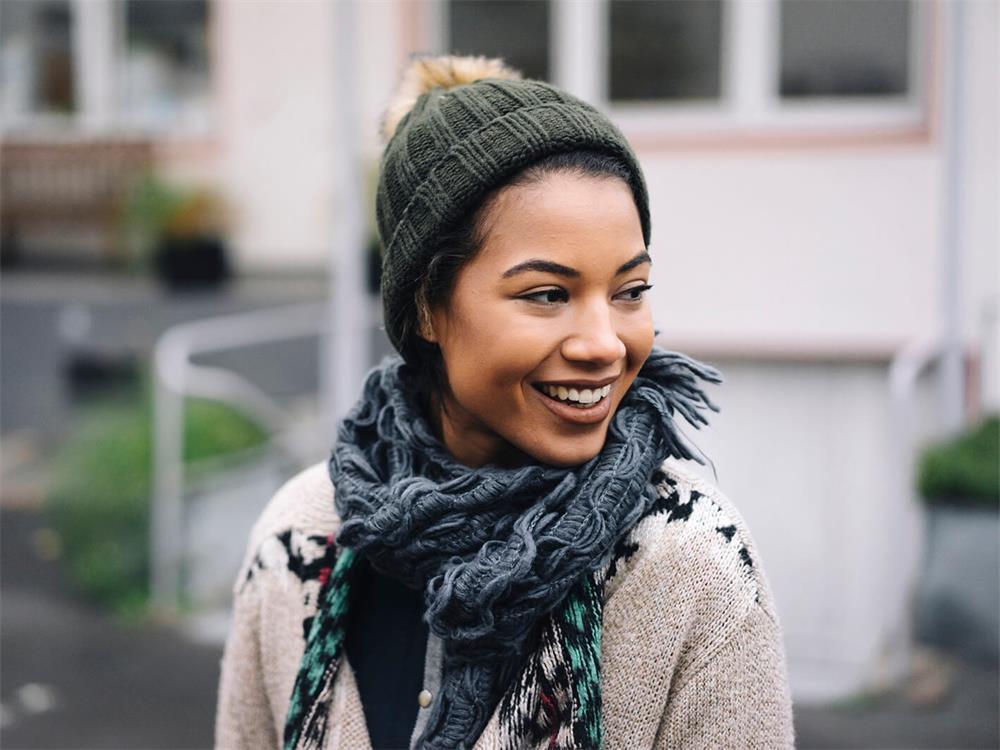Contents
Fashion has always been a reflection of society, a mirror that allows us to see ourselves and the world around us. As such, it is only natural that the fashion industry should embrace diversity and celebrate the different cultures, ethnicities, and body types that make up our world. Unfortunately, this has not always been the case. For many years, the fashion industry has been criticized for promoting unrealistic beauty standards and for excluding people who do not fit into a narrow definition of what is considered beautiful or fashionable. However, in recent years, there has been a growing movement towards inclusivity and diversity in fashion, and this is something to be celebrated.
The Importance of Diversity in Fashion
The fashion industry has a significant impact on our culture and our society. It shapes the way we dress, the way we present ourselves to the world, and the way we perceive beauty. It is also a major economic force, generating billions of dollars in revenue each year. Given its influence, it is essential that the fashion industry reflects the diversity of our world. When the industry celebrates diversity and inclusivity, it sends a powerful message about acceptance and tolerance. It also provides an opportunity for people of all backgrounds to see themselves represented in fashion, which can be a powerful form of validation.
Unfortunately, the fashion industry has not always been inclusive. Historically, the industry has been dominated by a narrow definition of beauty that has excluded people who do not fit into this ideal. This has led to a culture of body shaming, where people who do not conform to these beauty standards are made to feel inferior or less desirable. This is not only harmful to individuals but also perpetuates harmful stereotypes and reinforces social inequalities.
Fortunately, there has been a growing movement towards inclusivity and diversity in fashion in recent years. Many fashion designers, brands, and models are challenging traditional beauty standards and promoting a more inclusive vision of fashion. This has led to a greater representation of models of different ethnicities, body types, and gender identities on the runway and in advertising campaigns.
The Role of Fashion Brands in Promoting Diversity and Inclusivity
Fashion brands play a critical role in promoting diversity and inclusivity in the industry. They have the power to shape public opinion and influence the way people think about beauty and fashion. As such, it is essential that fashion brands take steps to promote diversity and inclusivity in their advertising campaigns, on their runways, and in their hiring practices.
One way that fashion brands can promote diversity is by featuring models of different ethnicities, body types, and gender identities in their advertising campaigns. This not only helps to challenge traditional beauty standards but also sends a message of acceptance and inclusivity to consumers. It is also important that fashion brands hire a diverse range of models, designers, and other employees to ensure that a range of perspectives and experiences are represented in the industry.
Another way that fashion brands can promote diversity is by creating inclusive sizing and offering a range of clothing options for people of all body types. This is particularly important given the prevalence of body shaming in the fashion industry. When fashion brands offer clothing options for people of all sizes, they send a message that everyone is deserving of fashionable clothing, regardless of their size or shape.
Finally, fashion brands can promote diversity by partnering with organizations that support marginalized communities. For example, a brand might partner with a nonprofit that works to promote the rights of LGBTQ+ individuals or a group that supports people with disabilities. By doing so, fashion brands can use their platform to raise awareness and support important causes.
The Role of Fashion Models in Promoting Diversity and Inclusivity
Fashion models also play a critical role in promoting diversity and inclusivity in the industry. As the faces of fashion brands, models have the power to challenge traditional beauty standards and promote a more inclusive vision of fashion.
One way that models can promote diversity is by speaking out about their experiences in the industry and advocating for change. Many models have spoken out about the prevalence of body shaming and the lack of diversity in the industry. By doing so, they have helped to raise awareness and push for change.
Another way that models can promote diversity is by refusing to work with brands that do not promote inclusivity. When models turn down job offers from brands that promote harmful beauty standards or fail to represent a diverse range of people, they send a powerful message about the importance of inclusivity in the industry.
Finally, models can promote diversity by using their platforms to promote important causes. For example, a model might use their social media presence to raise awareness about the importance of body positivity or to promote the rights of marginalized communities.
The Future of Diversity in Fashion
The fashion industry still has a long way to go when it comes to promoting diversity and inclusivity. However, there is reason to be optimistic about the future. Many fashion brands and models are already taking steps to promote diversity and challenge traditional beauty standards. This has led to a greater representation of people of different ethnicities, body types, and gender identities in the industry.
Moving forward, it is important that the fashion industry continues to prioritize diversity and inclusivity. This means challenging traditional beauty standards and promoting a more inclusive vision of fashion. It also means hiring a diverse range of models, designers, and employees and partnering with organizations that support marginalized communities.
One promising trend in the fashion industry is the rise of sustainable and ethical fashion. Many consumers are becoming more conscious of the environmental and social impact of their clothing choices and are demanding more sustainable and ethical options. This presents an opportunity for the fashion industry to prioritize diversity and inclusivity in its sustainability efforts. For example, fashion brands can partner with organizations that promote sustainable and ethical fashion practices in communities that have been historically marginalized by the industry.
In conclusion, diversity and inclusivity are essential values for the fashion industry to uphold. When the industry celebrates diversity and inclusivity, it sends a powerful message about acceptance and tolerance. It also provides an opportunity for people of all backgrounds to see themselves represented in fashion, which can be a powerful form of validation. While there is still work to be done, the fashion industry is moving in the right direction towards a more inclusive and diverse future.











